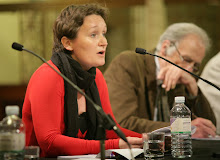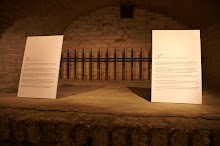In a few decades, you said, the relationship between the environment, resources and conflict will seem almost as obvious as the connection we see today between human rights, democracy and peace. We need to plant trees you told them, not just cut them down.
But they wouldn’t listen. Wanting power, like those who came before, and those before that, they fought each other, ignoring the lessons of Ethiopia’s history. In 1000CE, Aksum, the capital city grew so large the land couldn’t sustain it any more. Its people moved south to Lalibala but they exhausted the surrounding land again and were forced to move further south to Shewa, then later to Gondar. From 1883 it took just twenty years for the voracious new capital of Addis Ababa to raze a treeless zone 150km wide around the city.
The vast Ethiopian forests are nearly gone with all their creatures and plants; the last wild coffee in the world. In the 1980s, poor harvests threatened ten million, triggering the largest famine relief effort in history; yet tens of thousands still died.
You did not give up. Your Green Belt Movement planted trees, helping farmers find new ways to build a future for your beautiful, scarred land.
skip to main |
skip to sidebar







According to the UNFPA the population of the world increases by 1.2% a year.
That's 235,000 a day.
That's 235,000 a day.
GENE MEME is a blog, art installation and outreach programme about world population.
The GENE MEME art installation took place in the Crypt Gallery in London from 9 June to 20 June 2010.
The GENE MEME art installation took place in the Crypt Gallery in London from 9 June to 20 June 2010.
GENE MEME was supported by a debate asking what should be done about rising population.



Links to posts
- Ancestral Pueblo culture
- Angkor
- Antioch
- Bodmin Moor
- Cahokia
- China’s Great Leap Forward
- Classical Greece
- Easter Island
- Ephesus
- Fatehpur Sikri
- GENE MEME
- Hawaii
- Hispaniola
- Holodomor
- Illinois
- Juana Maria
- Kaskaskia
- Madagascar
- Minimata
- North Korea’s ‘Arduous March’
- Pitcairn Island
- Rabbits in Australia
- Rwanda
- Smallpox
- St Kilda
- St Matthew Island
- Sugar
- The Aleuts
- The American Dustbowl
- The ancient Olmec civilisation
- The Aral Sea
- The burial of Riez
- The collapse of the Nasca
- The decline of Bruges
- The deforestation of Ethiopia
- The extinction of the Moa
- The Florida Everglades
- The Gambier trade triangle
- The great civilisation of Sumer
- The Harappan Culture
- The Irish potato famine
- the last Nicoleňo
- The last passenger pigeon
- The Mayan civilisation
- The pleistocene extinctions
- The Sahel
- The Vikings in Greenland
Search This Blog

